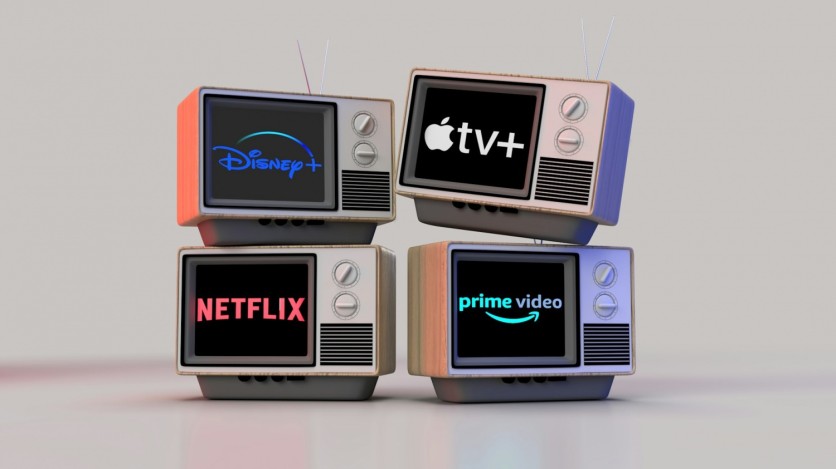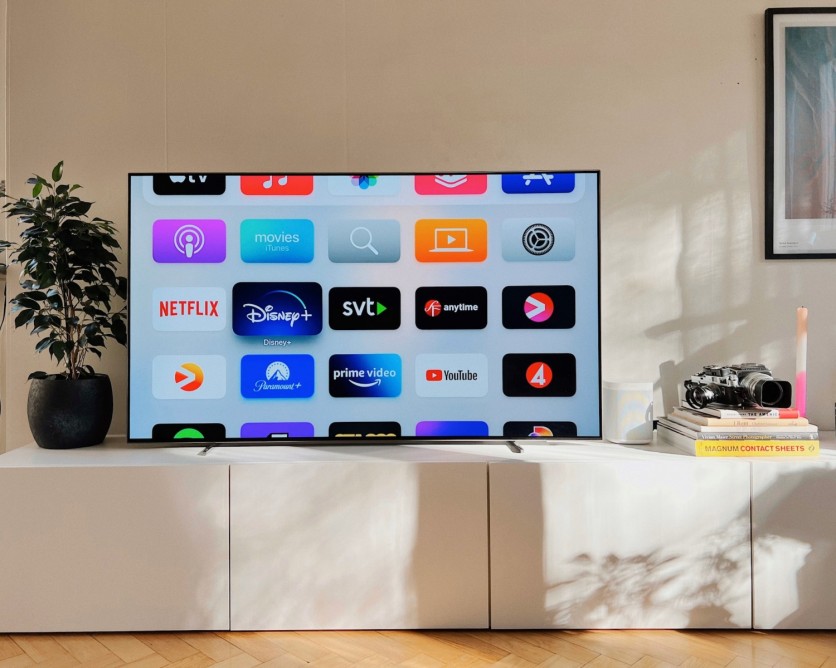
The report says nearly 70% of homes now have a smart TV. Truly, there's a streaming craze out there.
Missing out on the streaming craze can be incredibly frustrating. Imagine not being able to access this world's Netflix, Amazon, and Hulus.
Whoops!
That's why you need your smart TV.
This article will walk you through the process of giving your old TV a facelift, bringing it squarely into the 21st century without breaking the bank. Say goodbye to outdated cable services and hello to a modern TV experience!
Ten Creative Ways to Turn Your Regular TV Into a Smart TV

Using Smart TV Kits (DIY):
These device kits usually come with hardware components and software solutions capable of providing full smart functionality to your old TV. They're not only affordable but really easy to assemble while being user-friendly.
They offer a cost-effective and user-friendly solution for upgrading your old TV into a smart one. They include both hardware components and software solutions to provide comprehensive smart functionality, including but not limited to internet connectivity, app installations, and media playback.
They are designed with ease of assembly in mind, and their user-friendly nature makes them accessible to individuals with varying technical expertise.
Using Firesticks:
You've probably never heard of firesticks before. And that's fine. It's nothing to be ashamed of.
Firesticks serve as an interface between streaming services and your TV, plugging directly into your HDMI port and performing the heavy lifting while displaying content on your screen in real time. They are small, compact, and easy to replace, with an average lifespan of 2 to 4 years based on data from a recent firestick lifespan survey.
Get a Gaming Console:
Gaming consoles are smart devices that require being paired with a TV to take advantage of their features. However, apart from being graphic powerhouses, they also come bundled with a bunch of features that make them useful not only for gaming but also for day-to-day entertainment purposes.
These features include, but are not limited to, internet connectivity, web browsing, and content streaming. They are usually pricey but provided you have one lying around. You can technically turn your TV into a smart hub.
Apple TV:
Apple TV is a digital media player. But instead of using DVD and VHS media, it is accessed from the cloud and provides a connection between your TV and the internet media. It's a great way to get into the Apple ecosystem, as it works seamlessly with other Apple devices.
DIY Home Theatre PCs (HTPCs):
These are custom computers built for home entertainment systems. They run specialized software (like Kodi or Plex) and combine the functionalities of a media player, streaming device, and gaming console. They're quite customizable and dynamic, making them easy to adjust to your needs.
Acquiring Custom Firmware:
Acquiring custom firmware for a TV involves obtaining and installing unofficial software that replaces or enhances the original operating system. This process is typically undertaken by tech enthusiasts or individuals seeking additional features beyond what the manufacturer provides. In some cases, custom firmware might provide a user's device with smart TV functionality.
Linux-Based Media Players:
Linux-based media players bring flexibility and customization thanks to their open-source nature and a supportive community for ongoing updates. Versatile in handling diverse multimedia formats, they cater to various hardware configurations, optimizing resource usage for older devices. Their security features ensure a safe media playback experience, while compatibility with industry standards enhances accessibility.
The cost-free licensing and stability make Linux-based media players a budget-friendly and reliable choice for users seeking a personalized, efficient, and secure media solution.
Connect Your Laptop to the TV:
Provided you have a laptop and HDMI support, you can essentially turn your TV into a content hub for free. Essentially, it makes your TV an extension of your laptop, scaling its built-in features on a larger display.
This can be quite convenient, especially if you have an older Mac or PC you no longer use. You could turn such a device into a dedicated media hub.
Upgrading Old TV Components with Contemporary Ones:
Replacing old TV hardware components such as the controller can be cost-effective as usually, the most expensive component in a TV is the LCD or LED display - whatever the case may be - and being able to replace other components while leaving this module intact can shave quite a large sum of your expenses in acquiring a new one.
Using Web-Enabled Blu-Ray Devices:
This is a Blu-ray player with internet connectivity. This combination offers you an enhanced experience, allowing you access to online content, streaming services, and other additional benefits that come with internet connectivity.
They also provide HD Blu-ray playback and DLNA support (which allows you to stream to other supported devices) and much more.
When considering a web-enabled Blu-ray player, it's essential to check for compatibility with your preferred streaming services, available connectivity options, and any additional features that align with your entertainment preferences.
Digital TV Antennas:
Despite being affiliated with regular antennas, these HDTV antennas are designed to receive high-density digital television broadcasts over-the-air (OTA).
They are capable of streaming large amounts of data content in digital signals, which not only reduces the interference common with older analog antennas but provides a Hi-res viewing experience that is obtainable for free, provided you're only looking to view local channels.
Conclusion
With all of the upgrades mentioned above, you can successfully bring any TV into the 21st century without breaking the bank.
Though the options might have seemed overwhelming at first, each one meets a variety of needs, tastes, and budgets. Ensuring there's something for everyone.
Feel free to pick and choose the one(s) most suitable to your lifestyle.
ⓒ 2025 TECHTIMES.com All rights reserved. Do not reproduce without permission.




